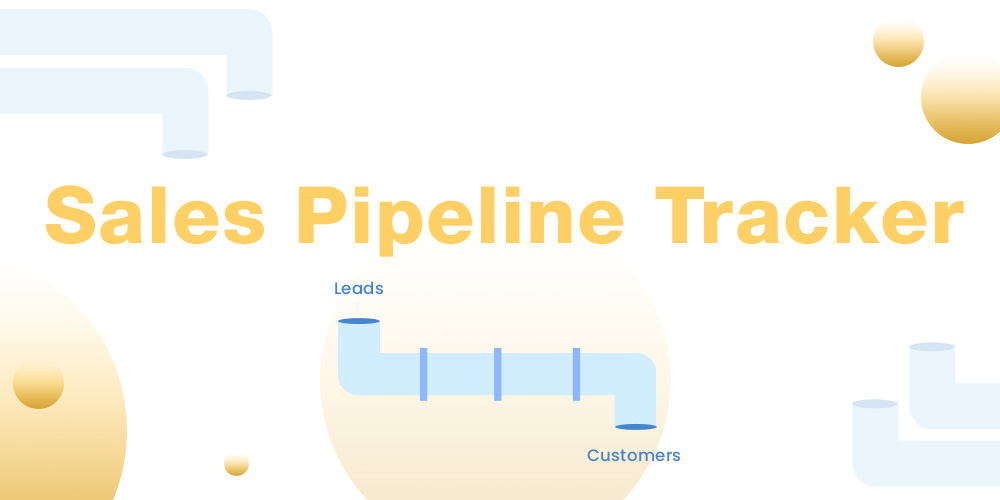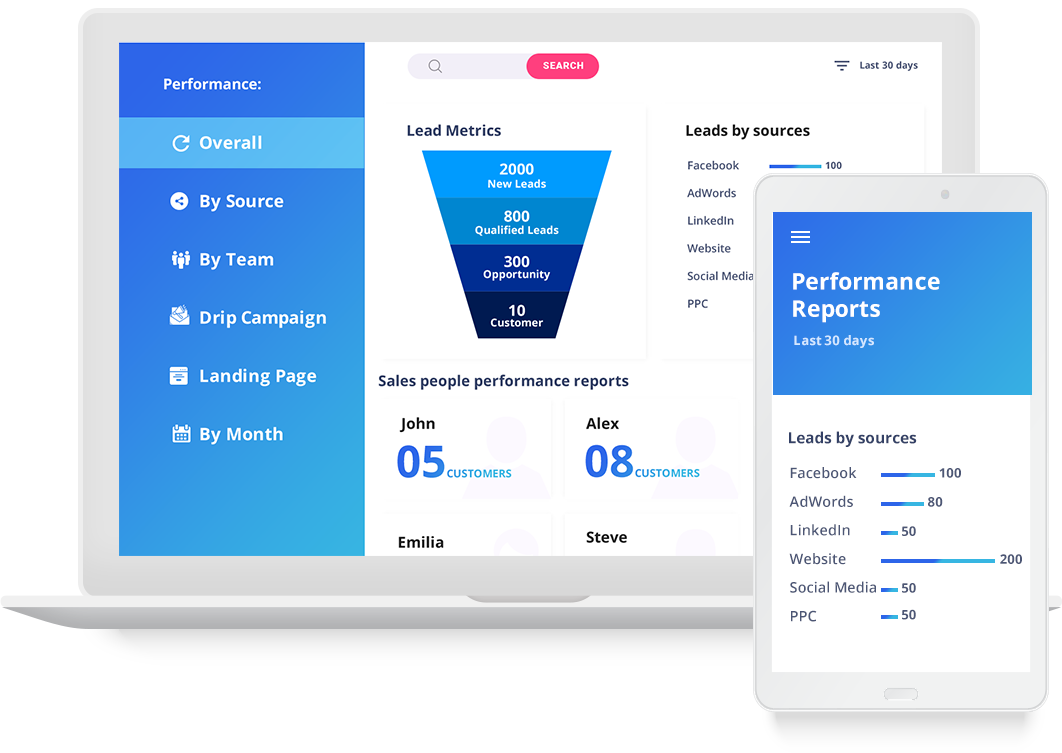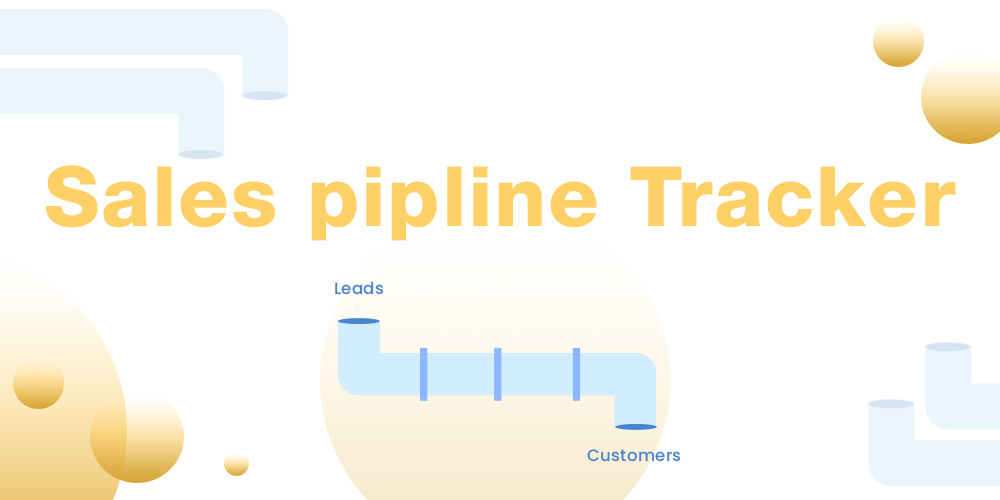Let’s start with the million-dollar question. Why do you even need a sales pipeline tracker?

If your company’s president were to ask you how many deals are in your sales pipeline, what stages they’re in, and how much they’re worth, how long would it take you to come up with an answer? It’s essential for sales leaders to know all of the above, yet many organizations struggle to come up with these figures without extensive searching and verification.
Sales pipeline trackers can remove the guesswork of what’s happening in your pipeline by turning your sales data into a visual representation. At a glance, sales leaders can know where their leads are in the prospect, what they’re worth, how close they are to closing them, and other details that can lead to accurate forecasting and instill confidence throughout the organization.
What Exactly is a Sales Pipeline Tracker?
The sales pipeline is a comprehensive term for every stage of your sales funnel. Once an opportunity enters your sales pipeline, they move from stage to stage until they either purchase or decide not to buy.
Therefore, a sales pipeline tracker is a tool that tracks every opportunity’s progress through the pipeline. The tracker can aggregate data from each sales rep to show collective totals on cold, warm, and hot prospects, what each one is potentially worth, how quickly they’re moving through the funnel, and other details that can help you make accurate predictions within your department.
Sales Pipeline Tracker Best Practices
A sales pipeline tracker is only as beneficial as your plan to manage it. Once you implement your sales tracking tool, you need to use the data it collects to better control your pipeline.
Put these best practices into motion to get the most from your sales pipeline:

1. Always Follow Up with Leads
Studies show that 80% of buyers will say no four times before saying yes, but the majority of sales reps will give up after just one or two calls.
Using the sales pipeline tracker, if you see more leads dropping off at a certain stage or leads that simply aren’t moving forward to the next stage, it could be that the sales rep isn’t providing timely or adequate follow up.
Having a visual guide can help sales reps see where all their deals are in the pipeline so they can determine the best way to proceed and avoid letting details slip through the cracks.
2. Work With the Best Leads First
If you have two opportunities, one of which was almost a sure sale and the other seemed more distant, which one would you go after first?
Of course, you’d want to reach out to sure sale first. You don’t want to risk them changing their mind or dropping off your radar, so you reach out to close them as soon as possible.
When you use a sales pipeline tracker, you can see at a glance who your best leads are and focus on them first. You don’t want to keep them waiting, nor do you want to waste too much time on leads that aren’t as likely to close.
3. Standardize the Process
Sales reps can better utilize their sales pipeline if they have a standard, cohesive process to follow. This prevents them from deviating from what your company has already established and can help them be more consistent and effective in their sales efforts.
In fact, the top-performing sales reps are usually those that follow the same process with each lead. They don’t have to rely on guesswork or trial and error to see what works and can use their process to create predictable, repeatable, sustainable success.
4. Monitor Your Metrics
Your sales pipeline isn’t a stagnant component, but rather a living, breathing organism in your sales department. Your metrics can change on a daily basis, and sales leaders should follow these changes on an ongoing basis.

Things like the number of deals in each stage, the total number of deals in the pipeline, the win rate, the length of the sales cycle, and the average deal size can all vary as opportunities enter and leave your sales funnel.
Reviewing these metrics is critical to maintaining your organization’s health. But equally important, it gives you data-driven insight into how you might need to proceed to improve your results over time.
5. Know When to Cut Your Losses
Even when you’re focusing on high-value leads, it’s easy to waste time on leads that never had a chance of closing. Use your pipeline tracking tools to know when to part ways with leads and free up time for other prospects.
For example, you might find that you’ve followed up with a lead three times and haven’t heard a response. Or, a lead that hasn’t moved any further down your pipeline in three months may not be worth any additional follow-ups.
Your visual pipeline can help you identify dead opportunities quickly so you can remove them and divert your attention to bigger, better prospects.
Visualize Your Sales Pipeline with LeadSquared!
Your sales pipeline is the lifeline of your entire business. If you don’t proactively manage its contents, you may find yourself missing critical goals and opportunities for growth.
And, when you can take control of your sales pipeline tracking, you can also take control of your results. LeadSquared transforms your sales pipeline into a visual element that helps you see your sales organization’s health at a glance. Try it free for 15 days and see for yourself how it can help you gain usable, data-driven insights and take the guesswork out of better selling!










